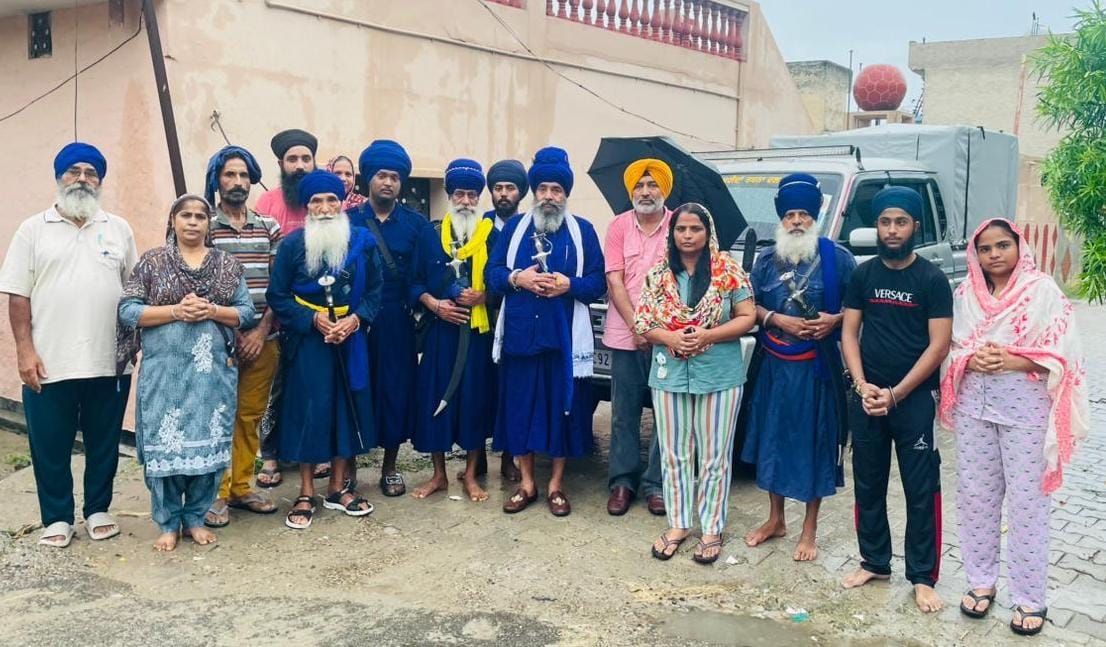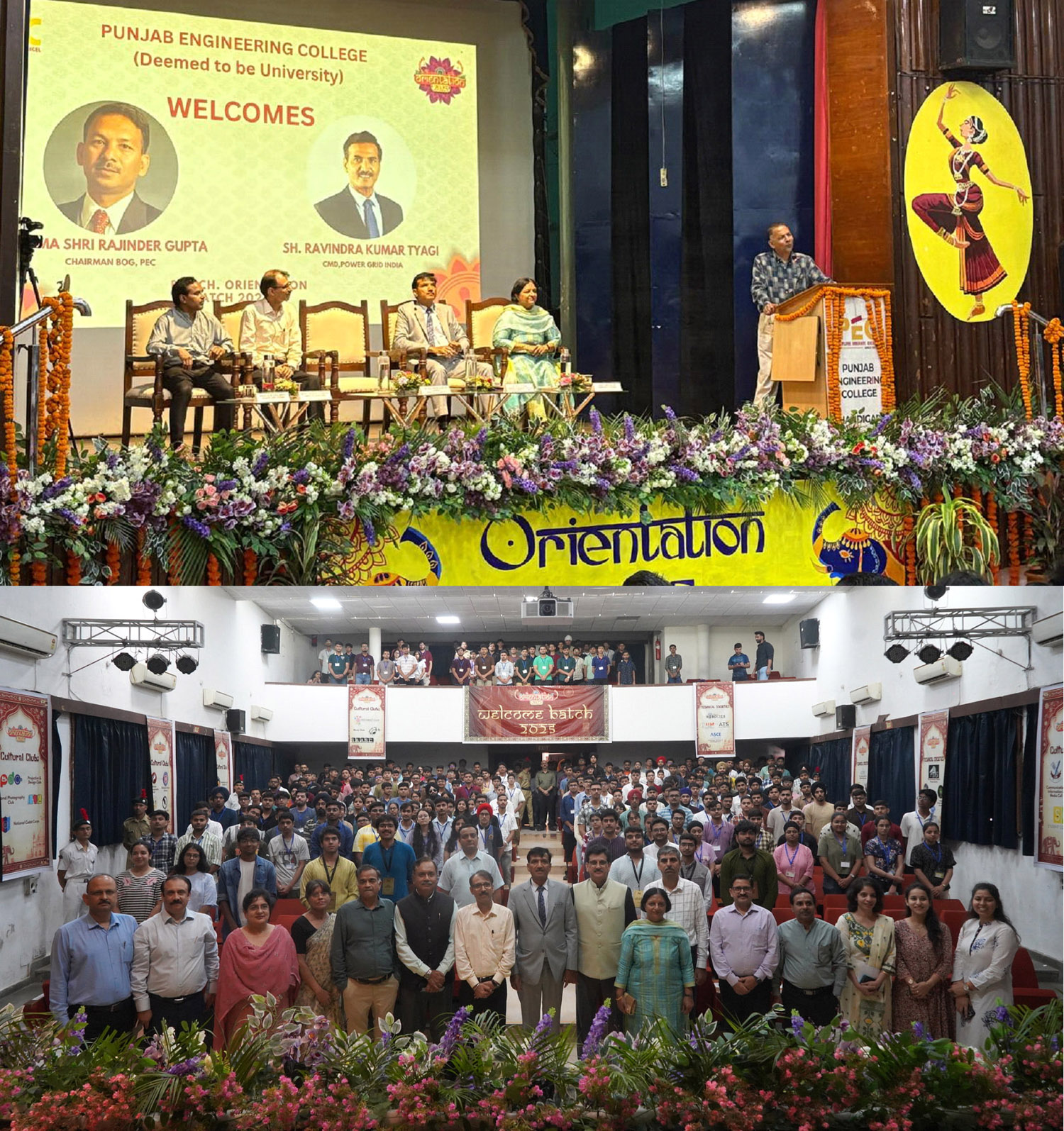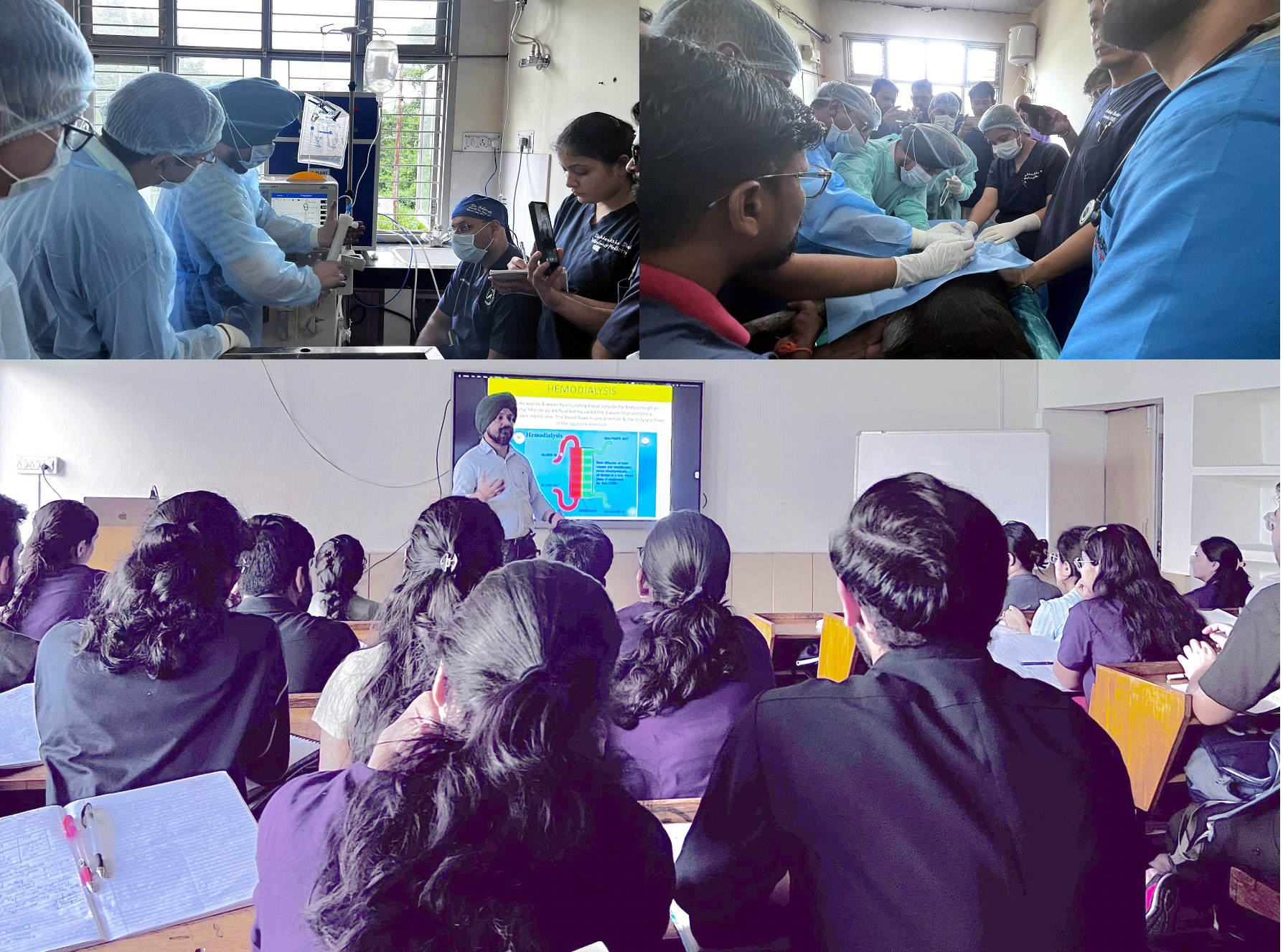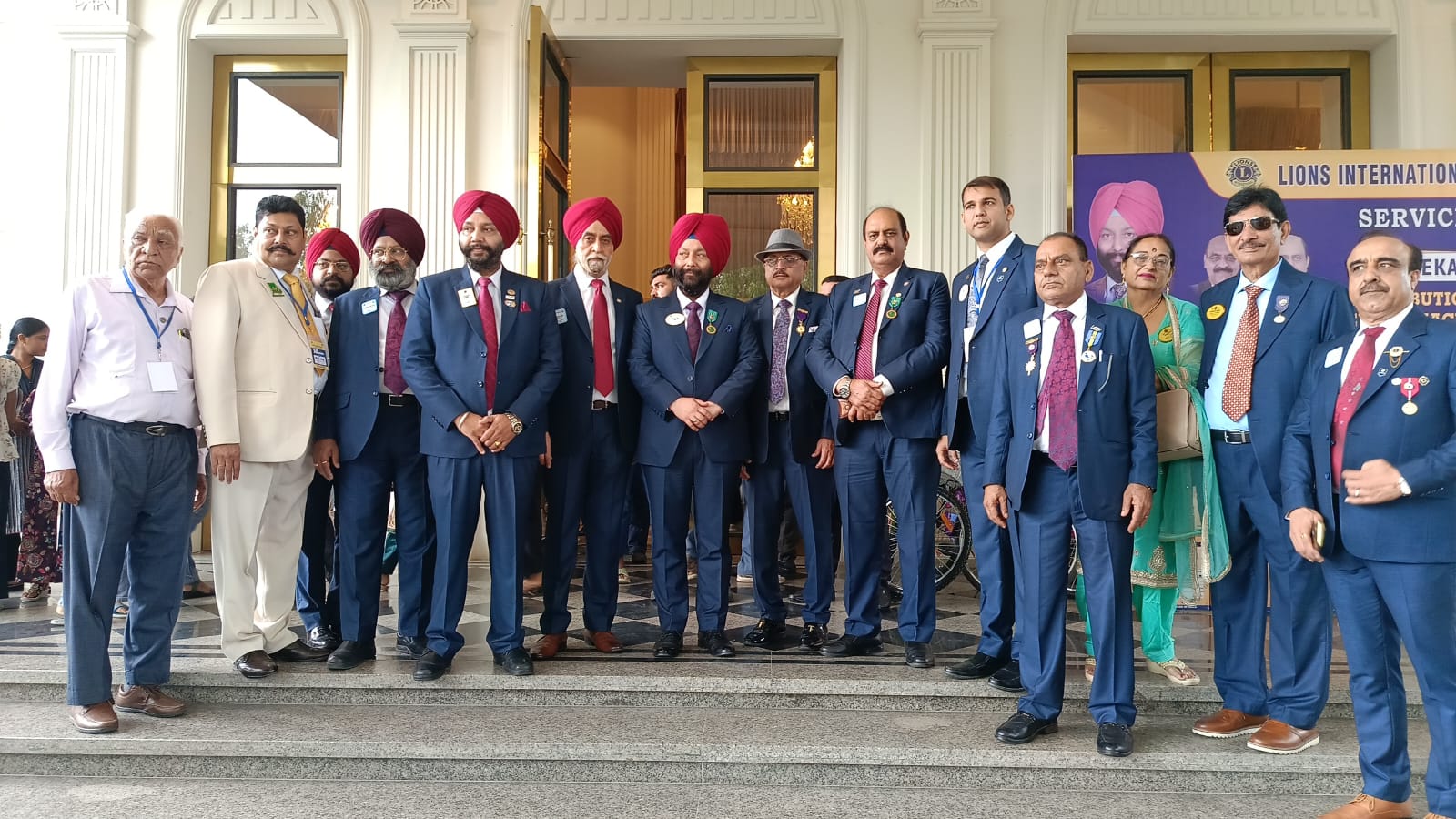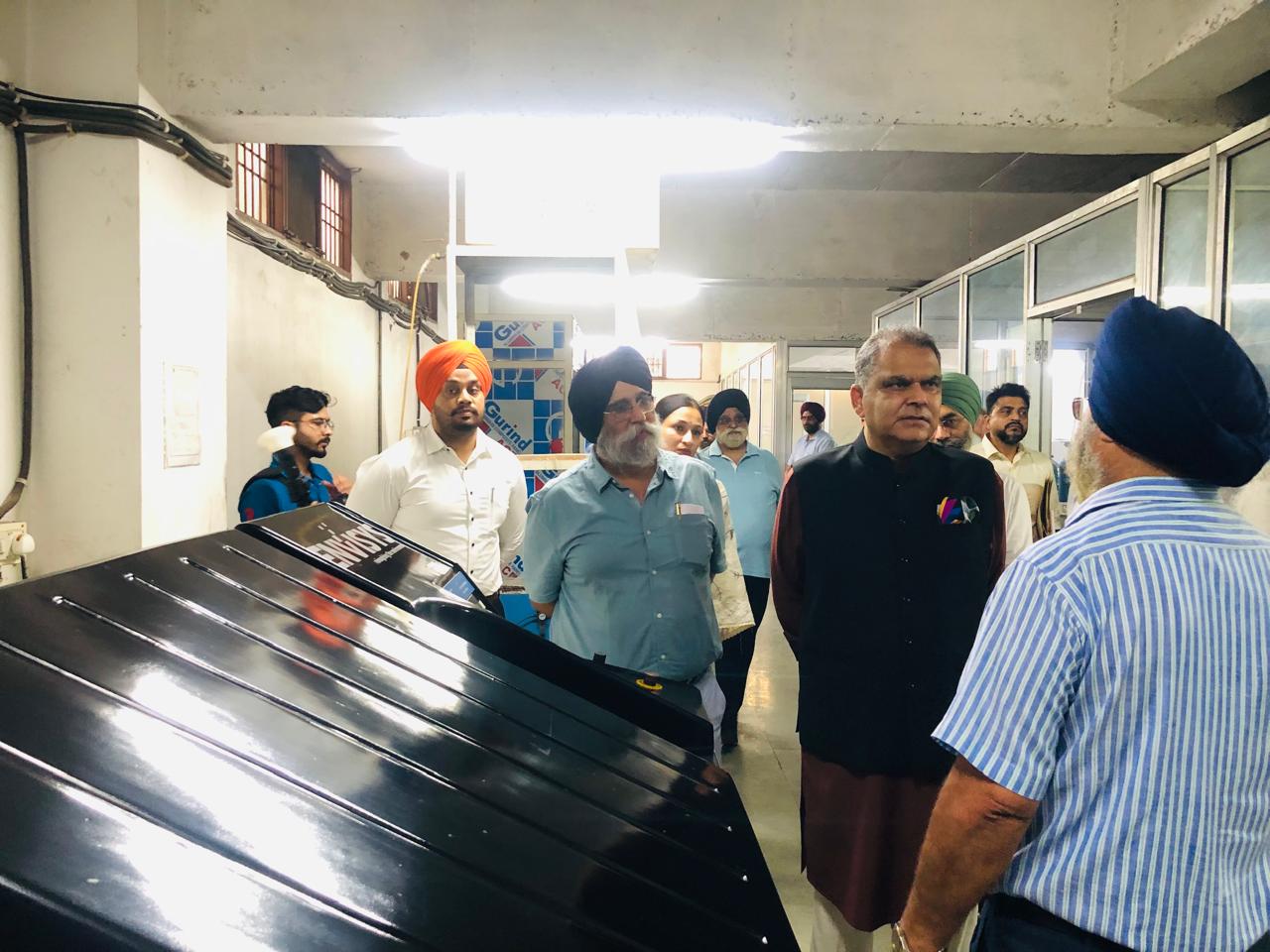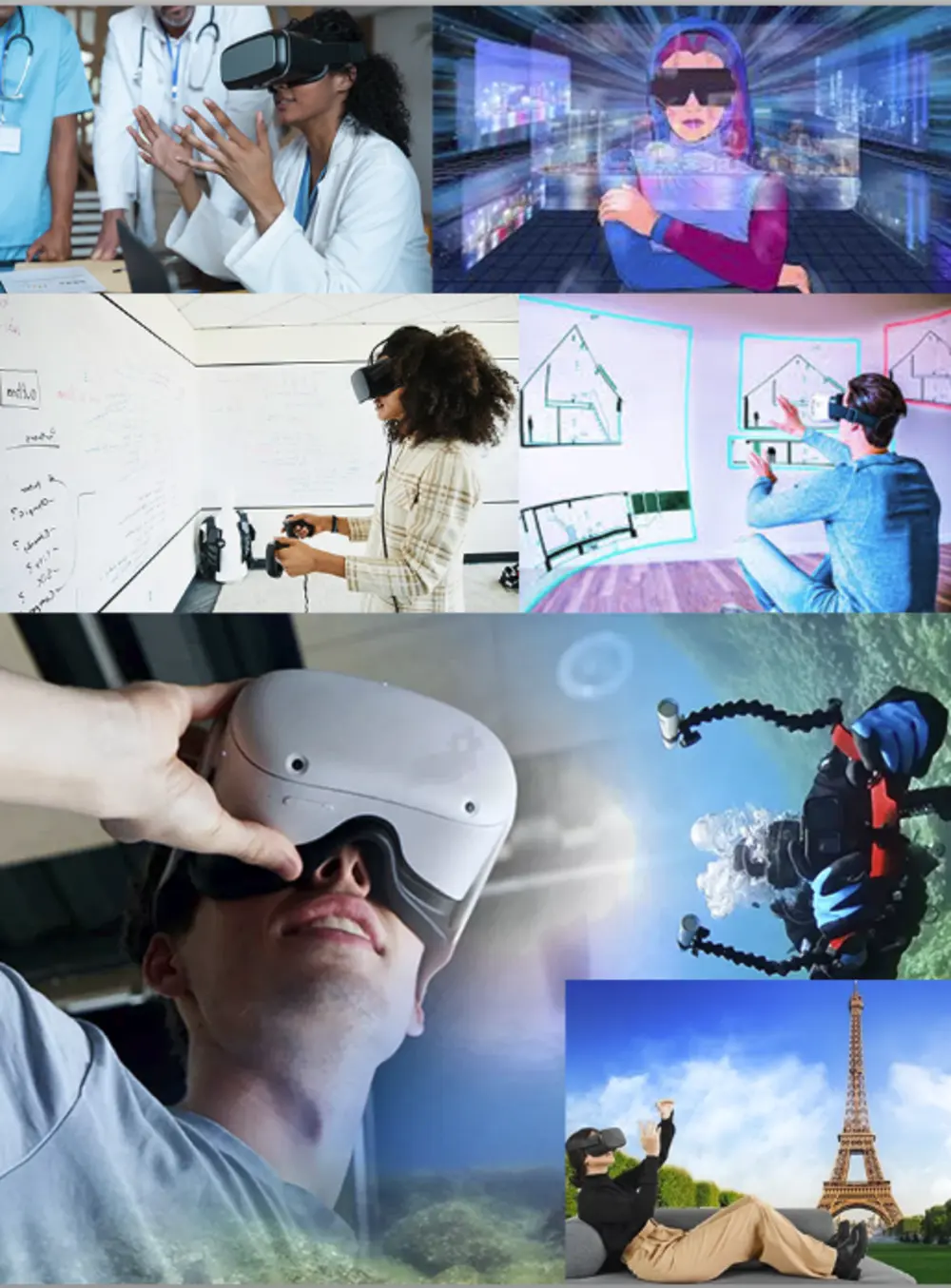
Exploring the Future of Virtual Reality: Bridging the Gap Between Imagination and Reality
Virtual Reality (VR) has emerged as a groundbreaking technology that blurs the lines between the physical and digital worlds, offering immersive experiences that engage our senses in unprecedented ways. As VR continues to evolve, its future holds promises of transformative advancements across various industries and aspects of human life.
Virtual Reality (VR) has emerged as a groundbreaking technology that blurs the lines between the physical and digital worlds, offering immersive experiences that engage our senses in unprecedented ways. As VR continues to evolve, its future holds promises of transformative advancements across various industries and aspects of human life.
The scope of jobs in Virtual Reality (VR) is expanding rapidly as the technology becomes more widespread and versatile. From content creation and development to user experience design and software engineering, there are numerous opportunities across various sectors.
Understanding Virtual Reality:
Virtual Reality refers to computer-generated environments that simulate physical presence in a realistic or imaginary world. Through specialized headsets or other devices, users can interact with and navigate through these virtual environments in a manner that mimics real-life experiences. VR technology typically involves the use of headsets equipped with displays, motion sensors, and audio devices to create immersive sensory experiences.
Current Applications and Developments:
Presently, VR technology finds applications across diverse fields, including entertainment, education, healthcare, and business. In the realm of entertainment, VR enables users to explore virtual worlds, play immersive games, and experience interactive storytelling like never before. In education, VR offers students the opportunity to engage in experiential learning, from virtual field trips to hands-on simulations in various subjects.
Moreover, VR has made significant strides in healthcare, facilitating medical training, therapy, and even surgical simulations. By immersing patients in calming virtual environments, VR has also shown promise in pain management and mental health treatment. In the business sector, VR is revolutionizing aspects such as product design, virtual meetings, and employee training, enhancing efficiency and collaboration.
The Future of Virtual Reality:
Looking ahead, the future of Virtual Reality holds immense potential for further innovation and integration into everyday life. Here are some key trends and developments shaping the future of VR:
Enhanced Immersion: Future VR systems will likely offer even more immersive experiences through advancements in display technology, haptic feedback, and spatial audio. Users can expect heightened realism and sensory engagement, blurring the boundaries between the virtual and physical worlds.
Expanded Applications: VR will continue to penetrate various industries, with applications ranging from architectural visualization and urban planning to virtual tourism and remote work. As VR becomes more accessible and versatile, its potential to transform how we live, work, and interact will expand significantly.
Social VR: The future of Virtual Reality will see the emergence of robust social platforms and experiences, enabling users to connect, collaborate, and socialize in virtual spaces. From virtual gatherings and events to shared virtual workspaces, VR will foster new forms of digital interaction and community building.
Mixed Reality (MR) Integration: Mixed Reality, which combines elements of both VR and Augmented Reality (AR), will play a prominent role in the future of immersive technology. MR experiences seamlessly blend virtual content with the real world, offering limitless possibilities for entertainment, education, and enterprise applications.
Accessibility and Inclusivity: As VR technology advances, efforts to enhance accessibility and inclusivity will become increasingly important. Innovations such as adaptive controllers, multi-sensory interfaces, and customizable experiences will ensure that VR is accessible to people of all abilities and backgrounds.
Here are some key areas where jobs in VR are emerging:
VR Content Creation: This includes roles such as 3D modelers, animators, texture artists, and graphic designers who create immersive environments, characters, and assets for VR experiences.
VR Software Development: Software engineers, developers, and programmers specializing in VR technology are in high demand. They work on creating VR applications, games, simulations, and platforms, as well as optimizing performance and implementing new features.
User Experience (UX) Design for VR: UX designers focus on creating intuitive and immersive interfaces for VR applications and experiences. They ensure that users can navigate virtual environments seamlessly and interact with objects and interfaces effectively.
VR Hardware Development: Engineers and designers working on VR hardware develop components such as headsets, controllers, sensors, and haptic feedback devices. They are involved in designing, testing, and improving the performance and ergonomics of VR hardware.
VR Education and Training: As VR technology becomes increasingly integrated into education and training programs, there is a growing demand for instructional designers, educators, and trainers who specialize in developing VR-based learning experiences and simulations.
VR Healthcare and Therapy: In the healthcare sector, VR is being used for medical training, patient rehabilitation, pain management, and therapy. Jobs in this area include healthcare professionals, therapists, researchers, and developers who specialize in creating VR applications for healthcare purposes.
VR Marketing and Advertising: Marketers, advertisers, and creative professionals are exploring the use of VR for immersive brand experiences, virtual tours, product demonstrations, and interactive advertising campaigns. Jobs in VR marketing involve creating compelling content and experiences that engage audiences in virtual environments.
VR Entertainment and Gaming: The gaming industry continues to be a major driver of VR technology, creating opportunities for game designers, developers, artists, writers, and producers to work on VR games and experiences.
VR Journalism and Storytelling: Journalists, filmmakers, and storytellers are experimenting with VR to create immersive documentaries, news reports, and narrative experiences. Jobs in this field involve storytelling, content production, and interactive media development.
VR Research and Development: Researchers, scientists, and engineers are working on advancing VR technology through research and development initiatives in areas such as graphics rendering, artificial intelligence, human-computer interaction, and immersive technologies.
These are just a few examples of the diverse range of jobs in the field of Virtual Reality.
Several brands have been exploring the potential of the metaverse, particularly in the realm of virtual reality (VR) stores. Here are a few examples:
Nike: Nike has been experimenting with virtual retail experiences, allowing customers to explore and interact with its products in immersive VR environments. In 2019, Nike opened its first VR-enabled store, Nike by Melrose, in Los Angeles, where customers could customize and purchase products using VR technology.
Walmart: Walmart has been investing in virtual shopping experiences through its Walmart Virtual Reality Store. In partnership with VR startup STRIVR, Walmart developed a VR training program for its employees and explored the potential for virtual shopping environments.
Lowe's: Lowe's Innovation Labs launched "Holoroom How To," a VR experience that allows customers to learn home improvement skills in a virtual environment. Users can practice tasks like tiling or installing faucets in a simulated space before attempting them in real life.
Mercedes-Benz: Mercedes-Benz has developed virtual showrooms and experiences to showcase its vehicles in immersive VR environments. Customers can explore different car models, customize features, and take virtual test drives, providing a unique way to engage with the brand's products.
Adidas: Adidas has dabbled in VR retail experiences, allowing customers to explore virtual stores and interact with its products in a digital environment. While the brand has not yet fully integrated VR into its retail strategy, it has experimented with immersive technologies to engage with consumers in new ways.
Sephora: Sephora has embraced VR technology through its Virtual Artist app, which allows users to try on makeup virtually using augmented reality (AR). While not strictly VR-based, this example showcases how brands are leveraging immersive technologies to enhance the shopping experience.
These examples demonstrate how brands are exploring the potential of the metaverse and virtual reality to create engaging and innovative retail experiences for their customers. As technology continues to evolve, we can expect to see more brands experimenting with VR stores and immersive shopping environments in the future.
Conclusion:
In conclusion, the future of Virtual Reality holds boundless opportunities for innovation, exploration, and transformation. From immersive entertainment experiences to practical applications in healthcare, education, and beyond, VR is poised to redefine how we perceive and interact with the world around us. As technology continues to evolve and barriers to adoption are overcome, Virtual Reality will undoubtedly play a central role in shaping the future of human experience. As the technology continues to evolve and new applications emerge, the scope of jobs in VR is expected to expand even further, offering exciting opportunities for professionals with diverse skills and expertise.


